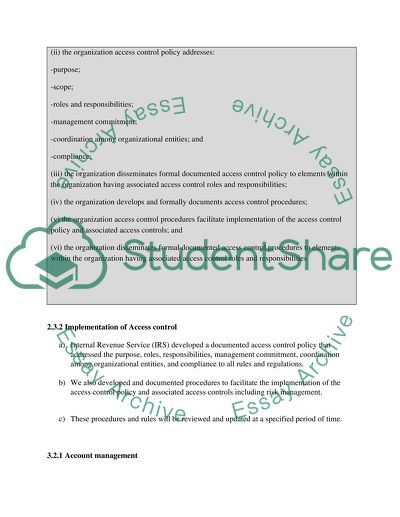Cite this document
(“Security and Privacy Controls for Federal Information Systems Essay”, n.d.)
Security and Privacy Controls for Federal Information Systems Essay. Retrieved from https://studentshare.org/information-technology/1642080-system-security-plan
Security and Privacy Controls for Federal Information Systems Essay. Retrieved from https://studentshare.org/information-technology/1642080-system-security-plan
(Security and Privacy Controls for Federal Information Systems Essay)
Security and Privacy Controls for Federal Information Systems Essay. https://studentshare.org/information-technology/1642080-system-security-plan.
Security and Privacy Controls for Federal Information Systems Essay. https://studentshare.org/information-technology/1642080-system-security-plan.
“Security and Privacy Controls for Federal Information Systems Essay”, n.d. https://studentshare.org/information-technology/1642080-system-security-plan.


